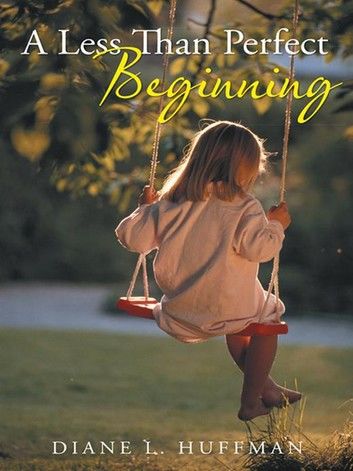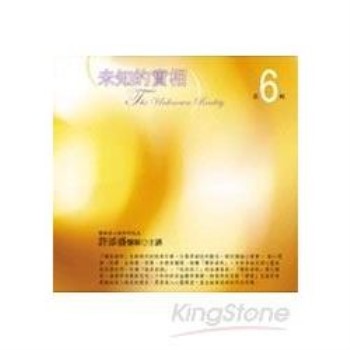During Beth Stedmans formative years in the late 1940s and early 1950s, she wonders if the families depicted on the weekly television showsLeave It to Beaver, Father Knows Best, The Donna Reed Showexisted in real life. The fathers in the sitcoms had good-paying jobs. The mothers stayed home and vacuumed in dresses and high heels. The brothers and sisters were respectful and obedient. They lived in perfect harmony in perfect houses in perfect suburbs. Once she was old enough to visit friends, she realized that other families do, in fact, resemble those blissful television portrayals. But hers certainly doesnt. Growing up in her deranged East Coast household, Beth feels like an outsiderbut a grateful outsider because her family is riddled with alcoholism, poverty, and an abundance of insanity. Beth has her defenses, though: her faith, a positive attitude, and a penchant for putting a comedic spin on life. She also harbors a secret escape plan and, eventually, the knowledge as to why she has always been the black sheep of the family. Beth survives a deadbeat dad, a defeated mom, an overindulged sister, and a villainous brother to demonstrate that the School of Hard Knocks doesnt have to ruin you for life. If fact, it can almost guarantee success












